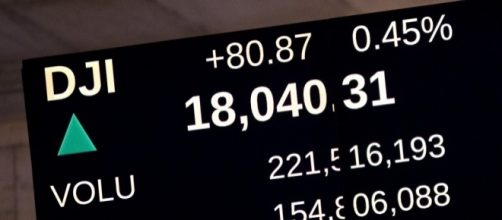The Stock Market has flourished under new president Donald Trump, rising to a record level of 20,000 quickly after his ascension. After Trump's address on Tuesday, the stock market again rose to record levels, closing at a level above 21,000 by the end of Wednesday. Investor confidence is extremely high, and positive speculation remains high as well.
Why Does the Stock Market Continue to Climb?
Most of the time, it's anybody's guess. One day, a major company could collapse and bring the stock market down with it. On another day, positive earnings reports can drive the total value of the Dow higher.
But the market seems to climb almost every day President Trump is in the office.
And that shouldn't be a surprise to anybody. Donald Trump isn't a politician; he's a business man. He built a (relatively) successful enterprise that features both hotels and restaurants. He's borrowed enough money to know how exactly debt works. And Trump knows exactly where the problems within the US tax code lie.
That knowledge makes businesses confident in the policies of Donald Trump. They know that he will place corporate interests above the interests of individuals. And that means more money for the biggest businesses in America.
Stocks Increasing in Value.
Reforms made by Donald Trump will likely decrease regulations for businesses.
That means less time trying to comply with complicated government regulations and more time trying to make money. The likely repeal of the Dodd-Frank Act, which was created to prevent another 2008 recession, will mean that businesses will be freer to operate without restrictions.
And investors in the market can't be disappointed in their results so far. Investments have rapidly increased in value and there doesn't appear to be an end in sight. But consumers should be wary. The Fed has waited way too long to raise interest rates. The stock market was pricey before, but the recent increases make it even more expensive. The market might be at an all time high, but investors should be prepared to see a drop that is simply part of the economic cycle.

